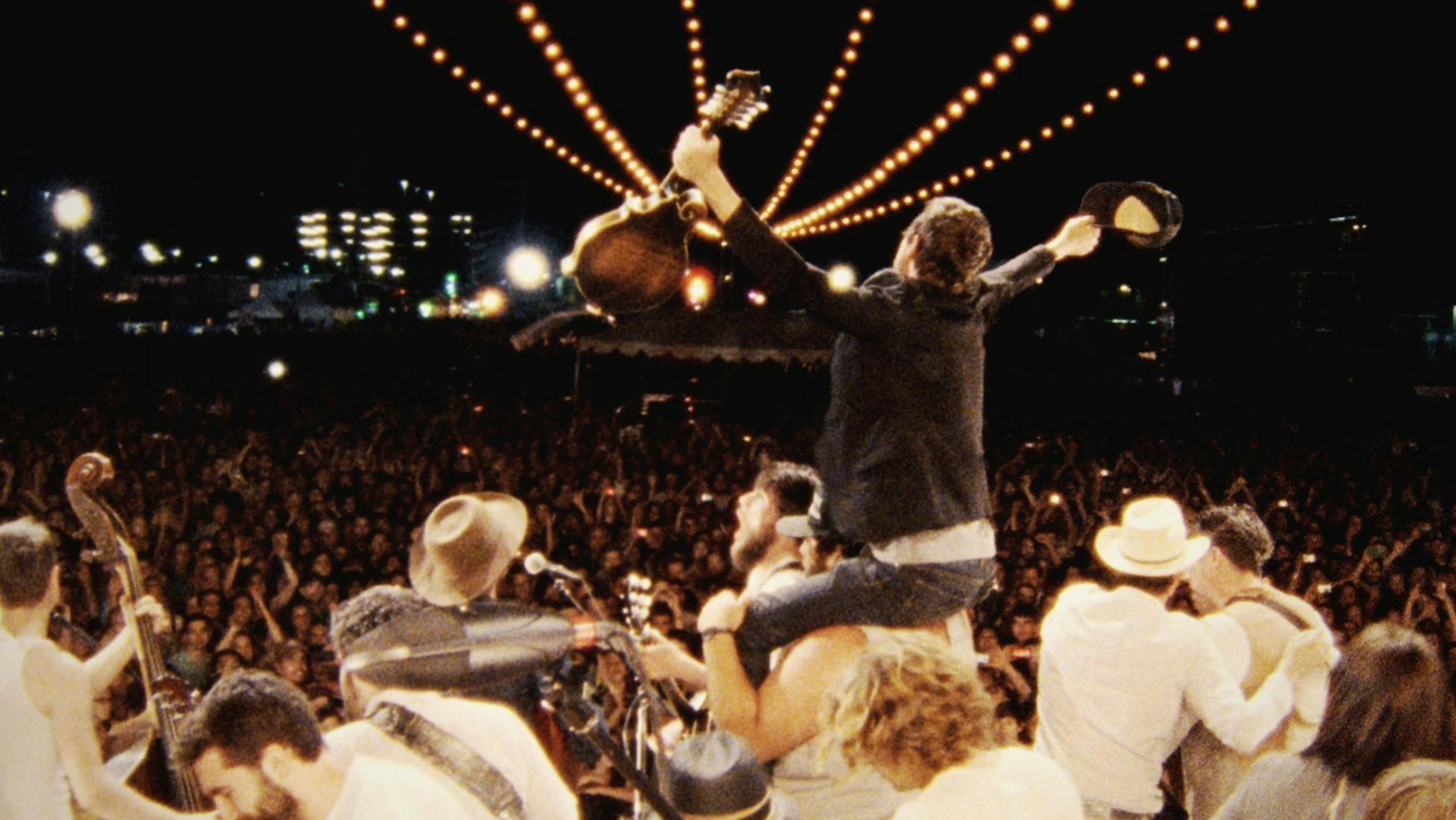
Mount Everest
- Text by Tetsuhiko Endo
Let’s play pretend. Pretend you are on the side of a large mountain which you have been climbing for many days. The air is cold and very thin so you are wearing a canister of oxygen strapped to your face. Your whole body is covered in warm clothing: down jump suit, heavy boots, mittens, woolly hat, goggles, the whole shebang. You stand on a narrow footpath which has been dug into the deep snow and grip tightly to ropes that have been ‘fixed’ by more experienced climbers. On the slope above you stretches a single file line of climbers for as far as you can see. Below you the line continues, unabated, down along the same path that you have already traversed. You are all going to the same place – the summit. You have all paid at least the equivalent of a medium-sized car to an ‘adventure outfitter’ who has provided you with food, clothes, guides, and the know-how of people who have done this sort of thing before. In fact, the only thing you have had to do is walk. Up, up, up.
As you make your way ever higher in this strangely silent procession, you occasionally pass other walkers who are having trouble due to cold, or lack of oxygen, or edemas in their brains or lungs. They are beside the precisely cut path. Sometimes they are being helped down by more experienced climbers, sometimes they are sitting alone, slowly and quietly dying. Around them, the bodies of other climbers from years past are strewn about, half covered in snow and still clad in their brightly coloured climbing gear. You push on. Some of these people will make it back down the mountain and into the already clogged hospitals that sit far below you. Others will perish within touching distance of this grim, silent crowd.
But it’s not pretend. That, my friends, is what happens just about every year on Mount Everest. In one 48-hour time span between May 18th and May 20th this year, the highest mountain in the world claimed the lives of four non-professional climbers. The 300-person traffic jam of would-be summiters was photographed by the professional climber Ralph Dujmovitz. “I was thinking how absurd the scene was. Watching them, I had a strong feeling that not all of them would come back, and I wrote as much in my internet diary,” he told The Guardian.
Turns out, the German was right. The two-day period has drawn comparisons to the 1996 disaster that killed eight and was later canonized in the book Into Thin Air. Of course, it has also been noted that, unlike 1996 there was no horrible storm to trap climbers, Just 300 people, many inexperienced, and what Dujmovitz calls a “state of mass hysteria”
Which also happens to be a good description of many of the world’s most vaunted adventure sports destinations. From Pipeline to Malibu, good surf spots are overrun with eager riders. Even more daunting waves like Jaws have, until recent paddle-in movements, been packed with jet-ski assisted pros and amateurs on good swells. Lower altitude climbs and hikes, like the famous Half-Dome in Yosemite National Park in the United States are experiencing similar queues and the subsequent deaths related to inexperience. Even pay-to-play sports like skiing and snowboarding are having to deal with crowding problems in some of the most popular resorts.
Dealing with crowds has become the problem of our time and one of the most consistent gripes of the more experienced strata of the action sports world. It is, however, a gripe that rings hollow when you consider one of its most common sources: people working in the extreme sports industry.
Here I refer to the people working for clothing companies, outfitters, instructional schools, PR firms and, let’s not forget, the media, whose job it is to sell as much of their culture to as wide a range of consumers as they can. This is how action sports culture has grown over the last half century and it is also why places that used to be natural wonders of the world are now circuses of human folly.
Most companies, and all publicly traded ones, have the internal logic of a particularly nasty virus. They want to grow; ideally as quickly and as virulently as they can. They will do anything within their means to achieve this end. That’s not a criticism, it’s Commercial Logic 101. No company in the history of the world has ever set annual shrinkage goals.
The four deaths on Everest have been discussed in the media by some very qualified climbers. They drew various conclusions to explain why they occurred. Fred Wilkinson, writing for the New York Times, lamented the fact that climbers were more estranged than ever from important decision-making processes. Grayson Shaffer of Outside magazine pointed to an increase in inexperienced climbers and their apparent reticence to obey local Nepalese guides (as opposed to European or American guides). The elephant in this room is the fact that there were more than 600 people on the mountain in the first place. Most people seem to agree that this is too many, but they are curiously blind to the fact that hundreds of amateur climbers aren’t just showing up like some sort of natural phenomenon on the mountain. There are a dozen or so outfitters putting them there. According to Schaffer, it costs anywhere from $25,000 to $80,000 (depending on whether you go with a local, or more reputable Western outfitter). If you, as a ‘reputable’ Western outfitter, were able to corner this market, you could stand to make close to fifty million dollars every year, excluding expenses of course.
That, more than any other reason, is why there are people dying in traffic jams on Everest: outfitters are bringing too many people because they want to make more money. Westerners point the finger at the local companies who cut corners and the governments who give them permits, but the fact remains that Western outfitters are still some of the largest operations on the mountain. Their commitment and professionalism is usually top notch, as long as you ignore the sheer number of clients they service.
One of the largest outfitters, Himalayan Experience, whose registered address is in that most reputable of tax havens, the British Virgin Islands, had more than 60 clients on the mountain this year. That number doesn’t even include the army of Sherpa it takes to feed and water this herd. To their credit, they decided not to allow their clients to summit due to weather conditions, but their numbers are indicative of a mini-industry that has simply grown out of control.
Not being a mountaineer myself and only having covered two years of the Himalayan season (for National Geographic Adventure) many would say I am unqualified to comment on mountain climbing. I would agree, but this is not a question of mountain climbing, it is a question of very simple economics. Desire for more money = bringing more people = more deaths and greater environmental pressure.
No professional climber in the world would show up to a mountain towing a 60-person entourage, even if they were experienced climbers, without raising a few eyebrows. Yet everyone looks the other way when such a ridiculous breach of climbing and environmental ethics is done in the name of the almighty dollar. It’s the same thing that is happening at ski resorts, the same thing that is happening at surf spots, and the same thing that is happening to all sports in which nature is a backdrop.
We sell them until they become ridiculous leviathans of mediocrity, then we complain about how the crowds have ruined the experience or are making things dangerous. If you really believe that, the solution is simple, don’t sell your sport and stop buying it from these wolves who would sell it to you.
